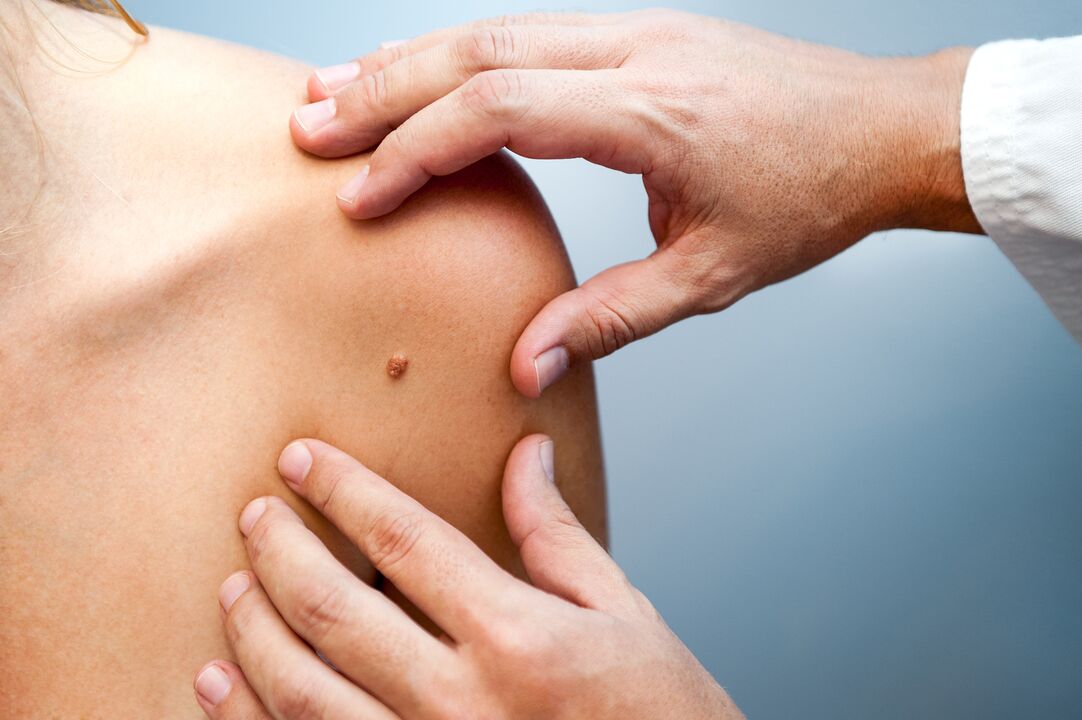It is difficult to find a person without papillomas. These ingredients on the skin can cause severe discomfort and are a cosmetic defect.
In this article, we will look in detail at what papillomas are and how dermatologists advise how to deal with them. It is important to remember that each case is unique and requires prior consultation with a doctor. We strongly do not recommend treating or removing papillomas yourself.
What are papillomas?
Papilloma is a viral disease caused by human papillomavirus (HPV). You can become infected through simple household contact, using shared towels or washcloths.
A prerequisite for infection is reduced immunity or the appearance of wounds and ulcers on the body. And a small tumor eventually spreads throughout the body with many warts - genital warts. On the contrary, they not only create cosmetic defects, but also further reduce immunity.
Do papillomas need treatment?
If you have papillomas (warts), they require combined treatment, which is sometimes lengthy and difficult.
Before starting treatment, be sure to consult a doctor to determine the type and confirm the benign nature of the formation, and also conduct a series of studies, because for the fastest and most effective treatment, it is necessary to determine the type of pathogen.
It is also necessary to choose the most gentle and effective method of removing formations, preventing scars, scars and skin defects.
Where are papillomas commonly found?
Human papilloma virus has more than 170 strains. Some of them cause warts and warts are completely harmless. And some can cause cancer. Therefore, currently, the infectious cause of cervical dysplasia and cancer has been demonstrated, and the viral nature of rectal and perianal cancer is being considered.
The most common warts are on the hands and feet, while warts are on the genitals and head. For men, the most common location is the armpit, for women - the neck, chest and skin under the mammary glands.
How to get rid of papillomas?

Treatment of any form of cancer caused by HPV includes direct action on the papilloma with topical medications and the use of antiviral/immunomodulatory medications. If drug treatment does not lead to recovery, surgical methods will be used to target the tumors. Simple mechanical removal is possible with a scalpel, as well as with an electric knife, laser or liquid nitrogen.
Treatment measures for papillomas on the body are divided into three large groups:
- Topical treatments: creams, solutions, gels, topical ointments (keratosis and necrosis);
- immune regulation;
- Topical and general antiviral drugs.
How to remove papillomas?
Gels and ointments for papillomas
Keratolytics are medications that are applied directly to warts, softening and exfoliating. Pharmacies stock salicylic acid, various acids and enzymes that soften the skin in the educational area. The active ingredients are effective against viral strains, but multiple courses of treatment are often required.
Necrotizing drugs are drugs that kill cells affected by viruses. They are also applied to the papillomas themselves, but the peculiarity of these products is that they can leave quite large defects and scars on the body after removing the warts.
The best treatment for papillomas is antiviral medication
Another group of drugs to treat papillomas are antiviral drugs. There are two types: local and general. Topical medication is applied directly to the affected area and around the wart. The most famous is oxolinic ointment. Interferon also has local antiviral properties. All drugs in this group are applied to the wart and destroy the virus inside the affected cells.
Before using topical medication, the skin must be treated with an antiseptic solution. In addition, a rich nourishing cream or Vaseline ointment should be applied to the skin around the papilloma to avoid burns from the active components of healthy tissues.
How to treat papillomas - immune regulation
For combined treatment, antiviral drugs and immunomodulators (medications that enhance immunity) are used.
The drug stimulates the immune system and increases the body's defenses by "forcing" immune cells to produce immunoglobulins, or immunoglobulins themselves, identical to human ones. All papilloma pills pass through the liver and kidneys, people with diseases of these organs should be as careful as possible when taking substances from these groups.
HPV requires mandatory qualifying treatment because its effects on the human body have not been fully determined. Improper use of home medications can lead to the formation of deep ulcers, scarring, and the risk of spreading the virus to surrounding healthy tissues. To minimize your risk of developing diseases caused by HPV, see your doctor and follow your treatment plan.

























